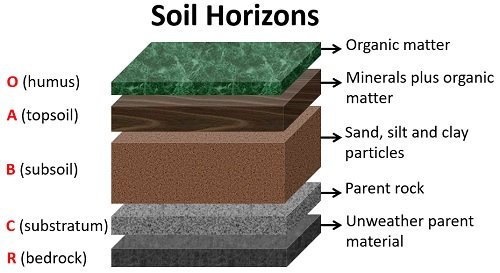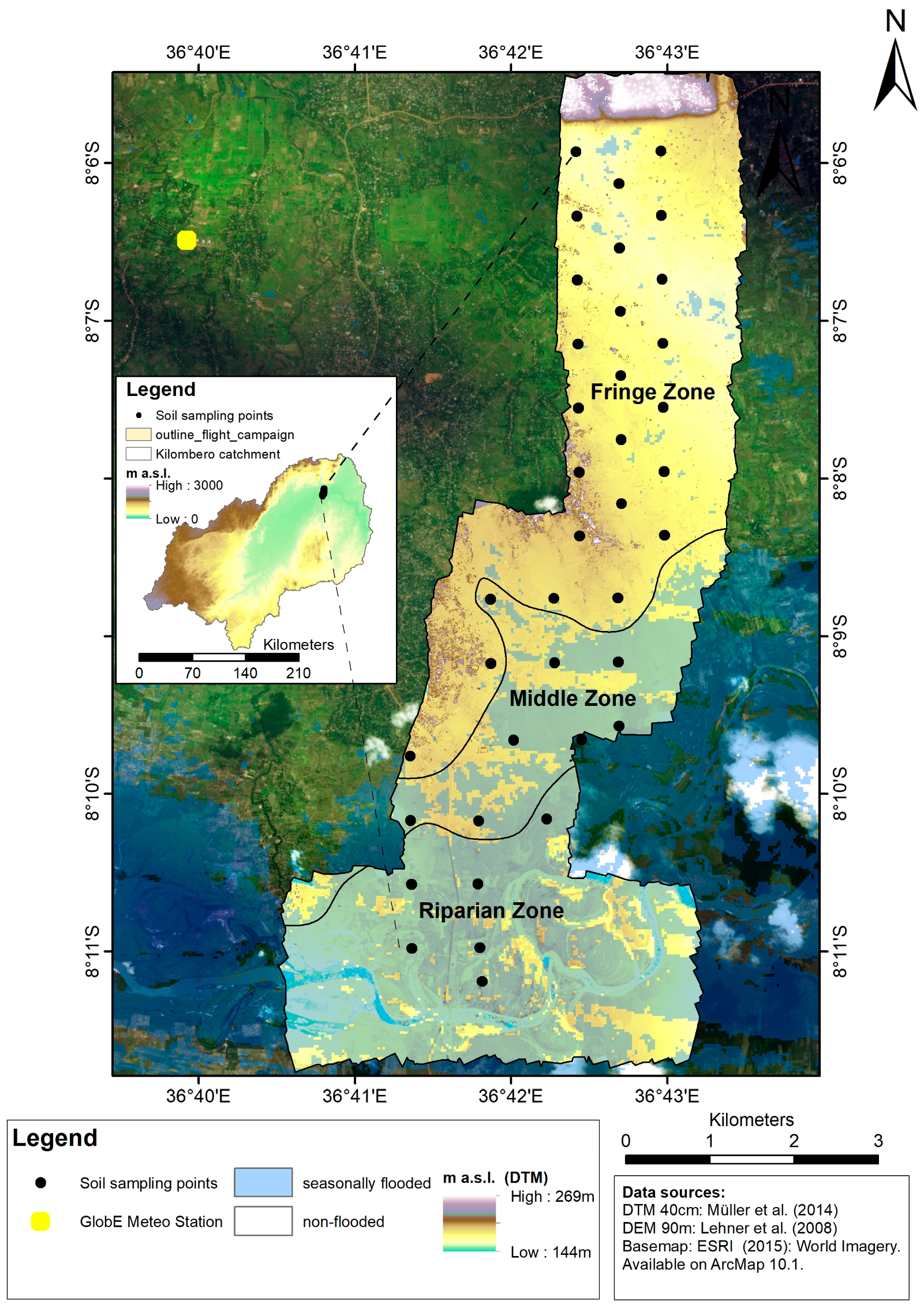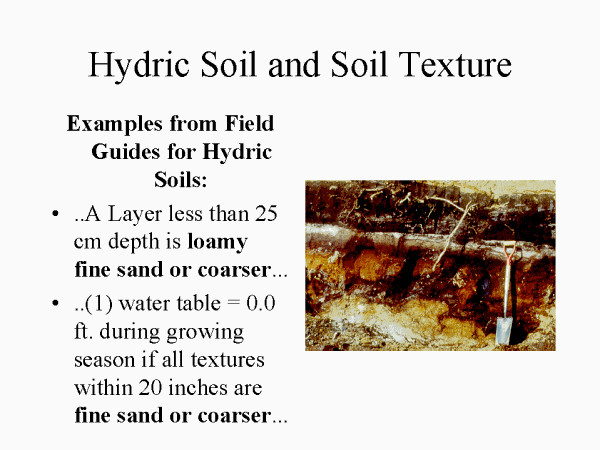

An alternative to excessive sampling to obtain spatially distributed SWCC parameters is the application of pedotransfer functions (PTFs) 6.

This limitation hinders empirical characterization of SWCC parameters over large areas as required in land surface and catchment-scale modeling. The measurement of the SWCCs in the laboratory or field is laborious and time-consuming 5. The amount of water retained in the soil pores at given matric potential is dominantly controlled by soil texture, structure, and organic matter 4. The soil water characteristics curves (SWCCs) describes the relationship between soil water content (in gravimetric or volumetric form) and matric potential 1, 2 and is a fundamental soil hydraulic property that characterizes soil water dynamics and key hydrological processes 3. The new database quantifies the differences of SWCCs across climatic regions and can be used to create global maps of soil hydraulic properties. In many cases, information on the wet- or dry-end of the SWCC measurements were missing, and we used pedotransfer functions (PTFs) to estimate saturated and residual water contents.

Parameters of the van Genuchten (vG) SWCC model were estimated from the data using the R package ‘ soilhypfit’. The assembled SWCC data provide a global soil hydraulic properties (GSHP) database. In this work, a total of 15,259 SWCCs from 2,702 sites were assembled from published literature, harmonized, and quality-checked. Despite the availability of SWCC datasets in the literature, significant efforts are required to harmonize reported data before SWCC parameters can be determined and implemented in modeling applications. These results illustrate that temporal frequency and spatial scale of sampling affect inferences as to what factors control isotopic variability within the critical zone.The representation of land surface processes in hydrological and climatic models critically depends on the soil water characteristics curve (SWCC) that defines the plant availability and water storage in the vadose zone. However, variance within the profile of the ridge site showed that conservative mixing was a poor physical model and isotopic variance of soil water was much higher than could be predicted using mean soil water and throughfall isotopic composition alone. At the profile scale, swale soil water was best modeled as rapid replacement by event water and ridge soil water was best modeled as conservative mixing between event water and antecedent soil water.

These models represented ideal scenarios of complete bypass flow in which there was no exchange between event water and the soil matrix (test of Two Water Worlds hypothesis), complete replacement by event water (test of complete translatory flow) and conservative mixing between antecedent soil water and event water. Three isotopic mixing models using isotopic composition of throughfall and pre-event soil water were tested to conceptualize the soil water recharge regime at each site. Instead, the timing of soil water isotopic variance seemed to be related to soil structural change as it relates to seasonal hydrologic processes and site topography. Soil water isotopic variance among samples of the same depth and date was not apparently related to soil texture, organic content, or water content. Repeated, replicate soil borings within a rolling 1 m 2 area indicated that soil water isotopic variance by depth was greater in coarser textured ridge soil than in the heavily structured, cohesive clay soil in the swale.
SOIL TEXTURE HYDROLOGICAL PROCESSES FREE
Soil water isotopic composition measured through direct vapor equilibration varied more in time and space than any mobile source water sampled including throughfall, groundwater, ponded water within the swale, and free water from boreholes. We sampled two adjacent soils at a ridge-swale topography floodplain forest to determine soil water isotopic variability at a 20 cm depth resolution in soils of differing textures and structures. The use of stable isotopes of hydrogen ( 2H) and oxygen ( 18O) as conservative tracers of water movement is improving understanding of soil hydrological processes, yet field-scale observations of isotopic variability remain scarce despite implications for identifying dominant hydrologic processes. Subsurface interactions between mobile flows and the soil matrix are not uniform and are therefore difficult to predict through time and space. The movement of water through soil is preferential and heterogeneous.


 0 kommentar(er)
0 kommentar(er)
